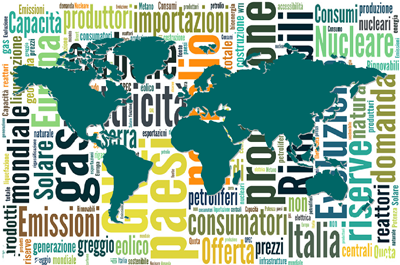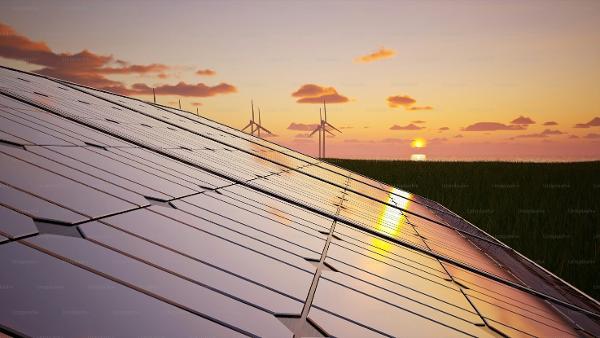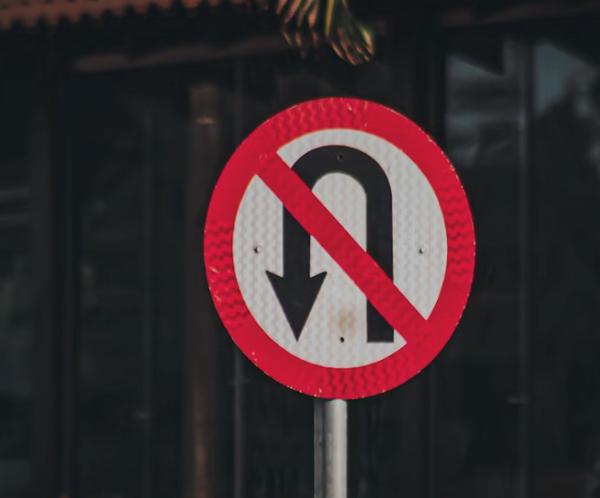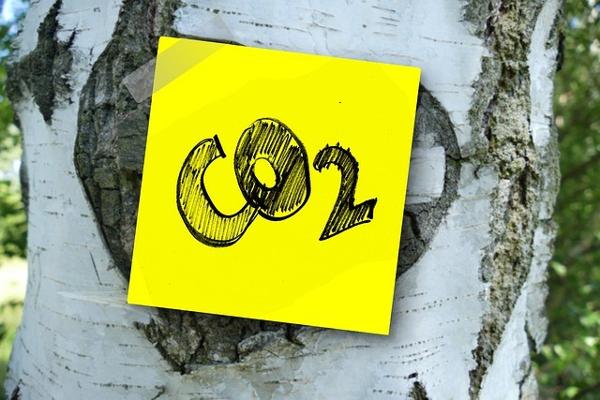Judged on press reporting, Europe is on the brink of a major nuclear revival. Countries that appeared to have turned their backs on nuclear, such as the Netherlands, Sweden and Italy are reconsidering; new large reactors are being proposed in several countries, including France, the UK, Poland and the Czech Republic; small modular reactors (SMRs) are being pursued in several countries including the UK, the Czech Republic and Romania. However, unlike in the past where electric utilities were the main instigators, it is national governments driving the process. Even countries not expecting to build new reactors are seeking to extend the life of their existing reactors from the 40 years generally expected to 60 or even 80 years, for example, Switzerland.
The recipe for this latest forecast revival in new orders is the familiar one touted in previous ones: new technologies, which are claimed to be ready to build, would be safer and would solve past problems; we would learn from past mistakes; regulation and planning processes would be streamlined, red-tape cut; and the scope for obstructive opposition reduced. However, turning these intentions into firm orders for new capacity is proving difficult and no reactor order has been placed in Europe since that for the UK Hinkley Point C station in 2016. There are two major issues that might result, as has been the case with past revivals, in this latest being still born: identifying credible technology and obtaining finance.
The problem for large reactor technologies is that the available ones look old and have a poor record. Large Russian and Chinese designs have generally been excluded from European markets on political grounds and that leaves just the Framatome EPR, the Westinghouse AP1000 and the Korean APR1400. These were developed more than 20 years ago. The poor record of the first two, with large cost and time overruns for all orders is well-known, but the Korean design is widely seen as being built to time and cost, a claim that is not borne out by the record. The reactors completed, four in Korea and four in the UAE, have taken 9-10 years to complete and these delays will have raised costs. However, there are no authoritative estimates of the actual cost. The design that has been built so far will need significant upgrades for it to be licensable in Europe, for example a core-catcher and protection against aircraft impact would need to be added and this will increase costs and make construction more difficult.
By contrast, the SMR technologies are some years from being commercially available. There are a bewildering number of designs apparently being developed but most are little more than design concepts that will not get to market. The focus is coming down to a handful of designs based on smaller scale versions of the existing reactor designs - pressurised and boiling water reactors. The nuclear industry has been telling us since the 1960s that scaling up reactors will reduce costs, but we are now being told that scaling them down will reduce costs. The commercial viability of the designs will not be tested until safety regulators have carried out comprehensive reviews of them, orders have been placed, reactors completed and their reliability demonstrated and that is at least a decade away.
The problem of obtaining finance is that investing in nuclear power is risky as the record of substantial delays and cost overruns in construction shows and that means convincing financiers to risk their funds on nuclear projects is difficult. In the past, utilities with large financial resources were willing to take on ownership of nuclear reactors, confident they would be allowed to recover all their costs from their consumers. However, the introduction of competitive electricity markets means utilities are no longer interested in nuclear unless it is part of a finance package that places the risk elsewhere. Now, it is national government driving the process announcing ambitious nuclear programmes, playing a central role in trying to arrange and offer finance, and even taking major ownership stakes.
It seems clear that nobody would invest in new nuclear based on it being fully exposed to the wholesale electricity market. Where nuclear is proposed, it is based on a take-or-pay contract covering 35 or more years and at a price with little or no linkage to the wholesale market price. The UK proposed its Contracts for Differences (CfD) model in 2013 for the Hinkley Point C plant with four other UK nuclear projects expected to use the same model. CfDs are widely used for other forms of generation and with varying provisions. But, for Hinkley Point C the contract was for 35 years at a fixed real price with all electricity retailers required to buy their share of the output at cost and on equal terms to each other. The risk of cost escalation and delay fell on the majority owners Electricité de France (EDF). The substantial problems with the project which after six years of construction is up to seven years late and more than 90% over budget meant that in 2024, EDF had to write off €12.9bn of its investment. EDF abandoned its plan to finance one of the other four projects, Sizewell C, using the CfD model partly because of this risk and partly because the finance requirements on it were too heavy. The other three projects had different owners and they collapsed before a reactor order was placed because of lack of investors.
Sweden, Poland and the Czech Republic are planning to use some form of CfD for their projects. CfDs appear to have worked well for offshore wind projects with delivery largely on time and costs falling substantially. But the experience with Hinkley Point suggests that for nuclear power, a CfD
The next UK attempt, the Regulated Asset Base (RAB) model, announced in 2018 for the Sizewell C project, had two major new features. The projected owners of the plant would be institutional investors such as pension funds and investment funds. They would be attracted by the promise of a guaranteed return on the money they invested in the reactors. The UK government claims that under RAB, there would be risk-sharing between owners and consumers but if cautious investors such as pension funds are to be attracted, the extent of risk falling on them must be minimal. Equally, if the scheme is to be politically feasible, it cannot too clearly mean that all the risk falls on consumers. Attracting investors for the Sizewell C project is proving a problem and a firm order, expected within months for the past three years is still reportedly months away. It is only likely to be possible if government takes a major, probably majority stake. Other European countries proposing variations of the RAB model include the Czech Republic. In all the countries with major nuclear ambitions, government is expecting to take a major ownership role either directly or through government-owned companies.
The most ambitious nuclear plan in Europe is for France with the French government requiring EDF, which it took back into full public ownership in 2023, to build six new reactors, with the first order placed in 2026. Despite the proximity of the expected order with a site (Penly) already selected and planning approval given, no decision has been taken on how it will be financed. EDF’s level of debt means that it is likely to require substantial assistance from the French government in financing the programme, optimistically estimated by EDF to cost €67bn.
There has been considerable debate within the European Union about whether, for investment purposes, nuclear power should be categorised as ‘green’. Classifying it as green might slightly tip things in favour of nuclear power for financiers trying to meet a target percentage of investments in green projects. But it will not be enough to make a project otherwise too risky to contemplate attractive so private investors will continue to be wary of investing in nuclear. The high level of government involvement in European nuclear projects means that they come under its scrutiny to determine whether unfair state-aid is involved. So far, it appears any resulting adjustments required by the EU to nuclear projects have been too small to have any impact on the viability of the project.
The more difficult it is to build new nuclear capacity, the greater the incentive to extend the life of existing reactors. Lifetime extension raises some difficult ethical issues. The reactors being life extended were all designed before any of the major accidents starting with Three Mile Island in 1979 occurred. So, regulators must either give essentially a whole new life to a design that would not be considered if it was submitted for a new plant. Or they will have to mandate upgrades to bring the plant to as near as possible the current state-of-the-art, which might not be very close. As EDF has found out in France, this is an expensive process requiring new, challenging and untested technology.
It seems likely that the latest forecast nuclear revival will only go ahead if national governments are prepared to take on most of the burden of financing and owning new nuclear placing the risk with taxpayers and electricity consumers. In the face of a ‘climate emergency’ will an option as expensive, slow to deploy and with such a high risk of not materialising be politically acceptable when the alternatives appear cheaper, quicker and less likely to fail before completion?




















